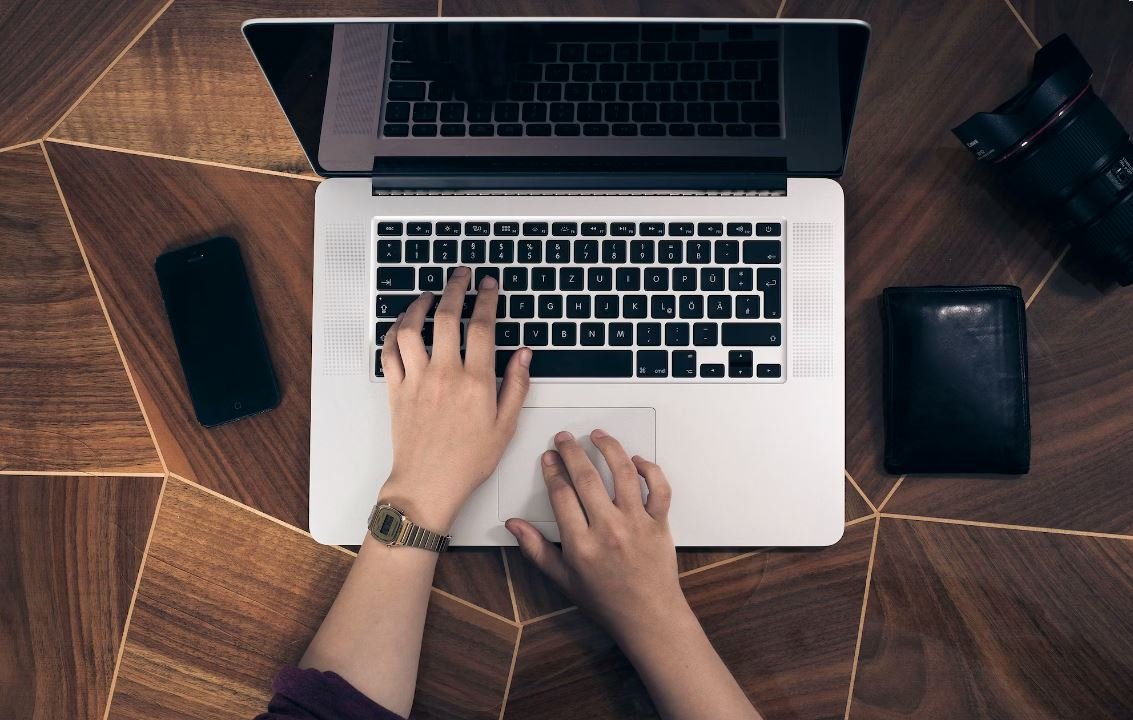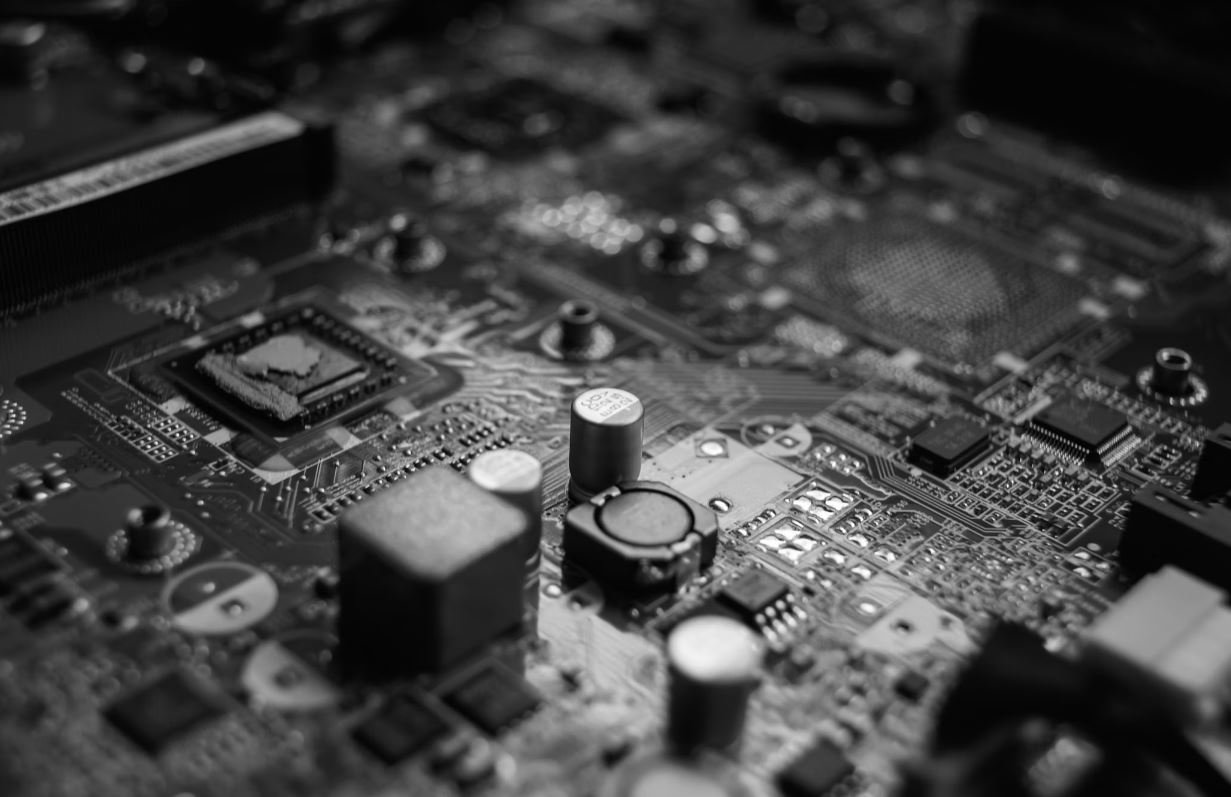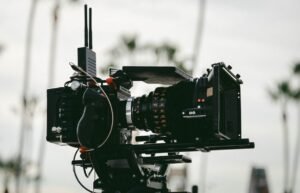Why Does AI Get Hands Wrong?
Artificial Intelligence (AI) has made significant advancements in various fields, but when it comes to understanding and replicating human hands, it faces several challenges. The complexity and intricacy of the human hand pose difficulties for AI systems, limiting their ability to accurately model and simulate hand movements.
Key Takeaways
- The complexity of the human hand presents unique challenges for AI systems.
- AI’s lack of tactile and proprioceptive feedback hinders its understanding of hand movements.
- Data limitations and insufficient training contribute to AI’s inaccurate portrayal of hands.
- Improvements in AI technology and research can help overcome these limitations.
The Challenges of Replicating the Human Hand
The human hand is a marvel of engineering, with its intricate structure allowing for a wide range of dexterous movements. AI systems struggle to understand the complexity and subtlety of hand motions due to several reasons:
- Multiplicity of joints: The hand consists of numerous joints, tendons, and muscles that work together in a delicate balance, making it challenging for AI algorithms to accurately model and simulate these movements.
- High dimensionality: The high number of degrees of freedom in the hand’s movement presents a computational challenge for AI models, requiring substantial computational resources to capture and reproduce these movements.
- Inter-individual variability: Each person’s hand is unique, with variations in size, proportion, and flexibility. AI systems struggle to generalize hand movements across individuals, further compounding the accuracy problem.
Replicating the intricate movements of the human hand is a formidable task for AI.
AI’s Lack of Tactile and Proprioceptive Feedback
One of the main challenges AI faces in understanding hands is the lack of tactile and proprioceptive feedback that humans naturally possess. While humans receive sensory input through touch and proprioception (the sense of body position), AI systems rely solely on visual data, limiting their understanding of the nuances of hand movements.
The absence of tactile and proprioceptive feedback hampers AI‘s comprehension of hands.
Data Limitations and Insufficient Training
Effective training of AI models requires vast amounts of high-quality data. When it comes to hands, limited and biased datasets hinder AI’s ability to accurately replicate human hand movements. Additionally, obtaining comprehensive training data for different hand poses and actions is a challenging and time-consuming task.
Insufficient training data hinders AI systems from accurately capturing the intricacies of hand motion.
Overcoming the Limitations
To improve AI’s understanding and replication of human hands, several approaches can be taken:
- Advanced sensor technology: Developing advanced sensors and haptic devices that can provide tactile and proprioceptive feedback to AI systems will help bridge the sensory gap.
- Expanded training datasets: Expanding and diversifying training datasets can help AI models better generalize across different hand shapes, sizes, and movements.
- More accurate biomechanical models: Creating more accurate biomechanical models of the human hand will provide AI systems with a stronger foundation to understand and replicate hand movements.
Interesting Hand-related Statistics
| Data Point | Value |
|---|---|
| Number of Bones in the Hand | 27 |
| Avg. Number of Movements Performed by Hand Daily | Over 10,000 |
| World Record for Largest Hand Span | 11.22 inches |
Conclusion
Replicating the intricate and versatile movements of the human hand remains a challenge for AI systems. The complex nature of the hand, lack of tactile feedback, and limited training data contribute to AI’s inaccuracies in portraying hands. However, advancements in sensor technology, expanded datasets, and improved biomechanical models offer promising pathways to overcome these limitations and enhance AI’s understanding and replication of human hands.

Common Misconceptions
AI is designed to replicate human hands perfectly
One of the common misconceptions about AI is that it is designed to replicate human hands perfectly. While AI technology is continuously improving, it is not yet capable of emulating the dexterity and fine motor skills of human hands. This misconception may arise from the depiction of AI in popular culture, where robots have hands that function just like humans.
- AI technology currently lacks the same level of precision and flexibility as human hands.
- Developers are constantly working to enhance AI’s manipulation capabilities, but there are inherent limitations.
- The complexity of replicating the intricacy of human hands poses significant challenges in AI development.
All AI models have the same limitations when it comes to hand movements
Another misconception is that all AI models have the same limitations when it comes to hand movements. In reality, different AI models vary in their capabilities to mimic human hand movements. Some AI models may have more advanced algorithms or sophisticated sensors, enabling them to perform certain hand movements better than others.
- The diversity in AI models means that some may possess better hand coordination skills than others.
- Advancements in AI technology have led to models that can handle specific tasks with improved hand movements.
- Different AI models are created for distinct purposes, and their hand movement capabilities may differ accordingly.
If an AI-controlled hand can perform tasks, it has achieved full human-like functionality
A misconception frequently held is that if an AI-controlled hand can perform certain tasks, it has achieved full human-like functionality. However, while AI-controlled hands can accomplish specific tasks, they still lack the complexity, adaptability, and intuitive response of human hands. Despite impressive advancements, AI-controlled hands are designed for specific functions and do not exhibit the broad range of capabilities that human hands possess.
- AI-controlled hands are typically specialized for narrow tasks and lack the versatility of human hands.
- Human hands possess sensory feedback and muscle coordination that AI-controlled hands currently cannot fully replicate.
- AI-controlled hands rely on pre-programmed algorithms rather than the adaptability and decision-making abilities of human hands.
AI is a perfect alternative to human hands
A misconception often encountered is that AI is a perfect alternative to human hands. While AI-controlled hands have their advantages in certain applications, they cannot completely replace human hands. Human hands possess not only physical capabilities but also emotional intelligence, creativity, and contextual understanding that AI currently lacks.
- AI-controlled hands lack the human touch, empathy, and intuitive response that is essential in certain situations.
- The emotional and creative aspects of human hands cannot be replicated by AI technology alone.
- Certain tasks require a combination of physical dexterity and human judgment that AI-controlled hands cannot provide independently.

Introduction
Artificial intelligence (AI) has made significant advancements in various fields, but one area that it still struggles with is mimicking human hands. Despite the immense progress made in AI, replicating the intricate movements and dexterity of human hands remains a challenge. In this article, we will delve into some fascinating aspects that explain why AI often gets hands wrong.
The Range of Motion
The human hand possesses an impressive range of motion that allows us to perform various actions. However, replicating this level of flexibility in AI systems is no simple feat. The table below showcases the astounding range of motion of the human hand as compared to the limitations faced by AI.
| Movement | Human Hand Range | AI Limitations |
|---|---|---|
| Thumb Opposition | 180 degrees | Fixed rotation axis |
| Wrist Flexion/Extension | 80 degrees | Limited rotation range |
| Wrist Radial/Ulnar Deviation | 45 degrees | Restricted side-to-side movement |
Sensing and Feedback
One of the crucial reasons behind AI’s struggle with replicating human hands is the lack of advanced tactile sensing and feedback mechanisms. While human hands have an intricate system of touch, temperature, and pressure sensors, AI systems often lack this level of sophistication. The table below highlights the stark contrast between the sensing capabilities of human hands and those of AI.
| Sensing Mechanism | Human Hand | AI Limitations |
|---|---|---|
| Tactile Sensing | Thousands of mechanoreceptors | Basic touch sensors, limited feedback |
| Temperature Sensing | Thermoreceptors for heat perception | Limited or no temperature sensing ability |
| Pressure Sensing | Complex pressure-sensitive nerves | Basic pressure sensors, lack of precision |
Fine Motor Skills
Another area where AI often falls short is in the development of fine motor skills. The ability to perform precise and delicate movements is a hallmark of human hands but poses a significant challenge for AI. The table below highlights some areas where human hands excel in fine motor skills, while AI struggles to replicate the same level of dexterity.
| Movements | Human Hand Proficiency | AI Challenges |
|---|---|---|
| Handwriting | Precise control of pen or stylus | Limited precision, difficulty in grip adaptation |
| Playing Musical Instruments | Complex finger movements | Difficulty in finger coordination |
| Artistic Sketching | Subtle pencil pressure variations | Difficulty in replicating natural strokes |
Awareness and Adjustments
Human hands exhibit incredible awareness and the ability to make precise adjustments based on visual feedback. AI often lacks this level of adaptability and struggles when it comes to adjusting movements in real-time. The table below presents a comparison between human hands and AI in terms of awareness and adaptability.
| Aspect | Human Hand | AI Limitations |
|---|---|---|
| Object Manipulation | Dynamic grasp adjustments | Difficulty in adjusting grip strength |
| Hand-Eye Coordination | Precise alignment based on visual cues | Limited real-time coordination, delays |
| Adapting to Object Shape | Dexterity to handle objects of various shapes | Difficulty in adjusting grasp for irregular shaped objects |
Data and Machine Learning
An crucial factor in AI’s limitations with replicating human hands is the dependence on training data and machine learning algorithms. The availability and quality of data greatly impact AI’s ability to mimic human hand movements. The table below sheds light on the significance of data in AI’s understanding of the complexities of human hands.
| Aspect | Data Availability | Impact on AI Accuracy |
|---|---|---|
| Grip Variation | Limited diverse grip datasets | Difficulty in accurately replicating grip variations |
| Hand Anatomy | Detailed hand structure datasets | Improved accuracy in replicating hand movements |
| Multimodal Data | Combined visual, tactile, and motion data | Enhanced understanding, improved AI performance |
Real-time Decision Making
Human hands possess incredible real-time decision-making capabilities, adapting to unexpected situations on the fly. However, AI often lacks the capacity to instantaneously respond and adjust its actions. The table below contrasts the quick decision-making abilities of human hands with the limitations of AI.
| Capability | Human Hand Proficiency | AI Limitations |
|---|---|---|
| Object Dropping | Quick reflexes to prevent dropping | Delayed response time, difficulty in reacting promptly |
| Emergency Adjustments | Immediate adaptations to avoid accidents | Limited ability to react swiftly to unforeseen circumstances |
| Complex Grabbing | Quickly adjusting grip for moving objects | Difficulty in precise adjustments for mobile objects |
Emergence of Soft Robotics
Soft robotics represents an innovative approach to overcoming the limitations in replicating human hands with AI. By employing soft and flexible materials, artificial hands can mimic the organic structure and enhance their capabilities. The table below highlights the remarkable advancements in soft robotics and their potential impact on enhancing AI’s replication of human hands.
| Advancement | Highlights | Potential Impact |
|---|---|---|
| Flexible Materials | Stretchable, compliant hand designs | Improved adaptability and range of motion |
| Tactile Sensing Skin | Pressure-sensitive skin for touch feedback | Enhanced interaction with objects and environment |
| Elastic Actuators | Artificial muscles for precise movements | Greater dexterity and fine motor control |
Future Prospects
While AI continues to face challenges in replicating human hands, ongoing research and technological advancements offer promising prospects. By addressing the aforementioned limitations, AI could achieve remarkable improvements in mirroring the complexities and capabilities of human hands. The integration of soft robotics and advancements in data collection and processing present immense potential for bridging the gap between AI and human hand mimicking.
Conclusion
Replicating the intricacies and capabilities of human hands remains a significant challenge for artificial intelligence. The limitations in range of motion, sensing and feedback, fine motor skills, awareness and adjustments, reliance on data, real-time decision making, and the emergence of soft robotics form the key factors contributing to AI’s struggle in getting hands right. However, ongoing advancements in technology and research hold promise for a future where AI can better mimic and even surpass human hand capabilities. By understanding these challenges, we can pave the way for innovative solutions that bridge the gap between AI and human dexterity.
Why Does AI Get Hands Wrong? – Frequently Asked Questions
Question 1: What does it mean when we say AI gets hands wrong?
When we mention that AI gets hands wrong, we refer to the limitations AI faces in accurately recognizing and understanding hand gestures, movements, and positions.
Question 2: What causes AI to inaccurately interpret hand-related information?
There are several factors behind AI’s incorrect interpretation of hands, including limited training data, complex variations in hand shapes and sizes, occlusion problems, and the difficulty of capturing fine details of hand movements.
Question 3: How does limited training data affect AI’s ability to understand hands?
AI models heavily rely on large amounts of training data to learn patterns and make accurate predictions. Insufficient or unrepresentative training data for hands can lead to poor understanding and misinterpretation of hand gestures.
Question 4: What challenges do varying hand shapes and sizes pose for AI?
Different individuals have varied hand shapes and sizes, which makes it challenging for AI models to generalize their understanding across diverse populations. This can result in incorrect interpretations of hand movements or gestures.
Question 5: What are occlusion problems in the context of AI and hand recognition?
Occlusion refers to situations where certain parts of the hand are blocked from view due to objects or other body parts obstructing the view. These occlusions make it difficult for AI models to accurately identify hand gestures or positions.
Question 6: Why is capturing fine details of hand movements challenging for AI systems?
AI systems often struggle to capture minute details of hand movements due to limitations in image or sensor resolution. Fine-grained information can be essential for accurate interpretation, and the lack of such data can lead to errors in AI predictions.
Question 7: Can AI improve its understanding of hands over time?
Yes, AI can improve its comprehension of hands through continuous learning and exposure to more representative and diverse training data. Incremental updates and advancements in AI algorithms can also contribute to enhancing hand recognition capabilities.
Question 8: Are there any specific techniques being developed to overcome AI’s hand recognition challenges?
A number of techniques are being explored and developed to address AI’s hand recognition limitations. These include using multi-modal input (e.g., combining camera and depth sensor data), integrating contextual information, and leveraging more advanced neural network architectures.
Question 9: How can AI’s accuracy in hand recognition impact its applications?
The accuracy of AI in hand recognition is crucial for various applications such as sign language translation, gesture-based user interfaces, robotics, virtual reality, and augmented reality. Inaccurate interpretations of hand movements can result in inefficient and erroneous interactions.
Question 10: Is there ongoing research to enhance AI’s understanding of hands?
Yes, researchers and developers are actively engaged in efforts to enhance AI’s understanding of hands. This involves collecting extensive hand-related datasets, refining algorithms, and experimenting with novel techniques to bridge the gap between human understanding and AI interpretation of hand-related information.




